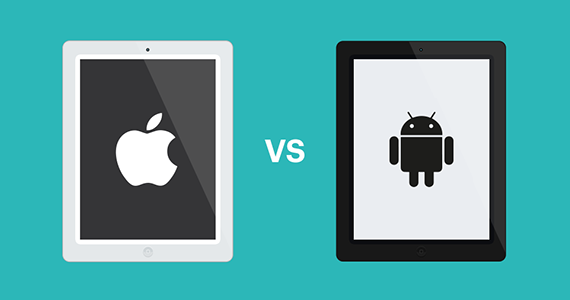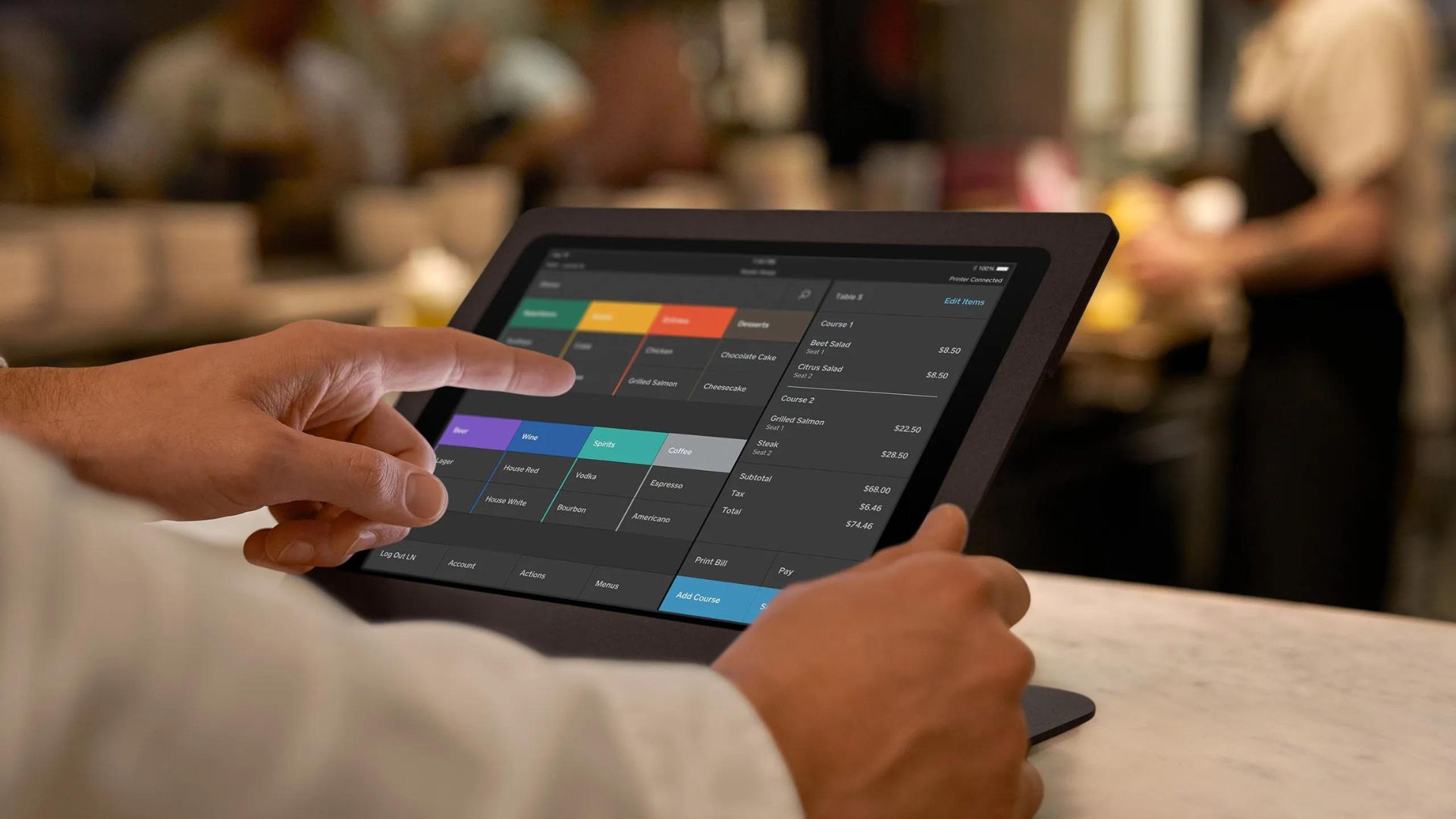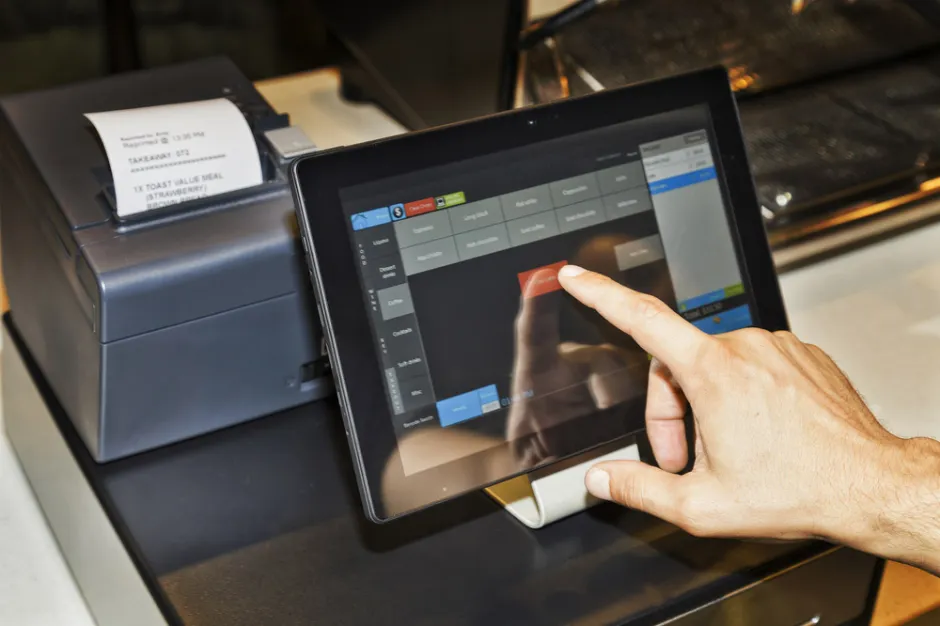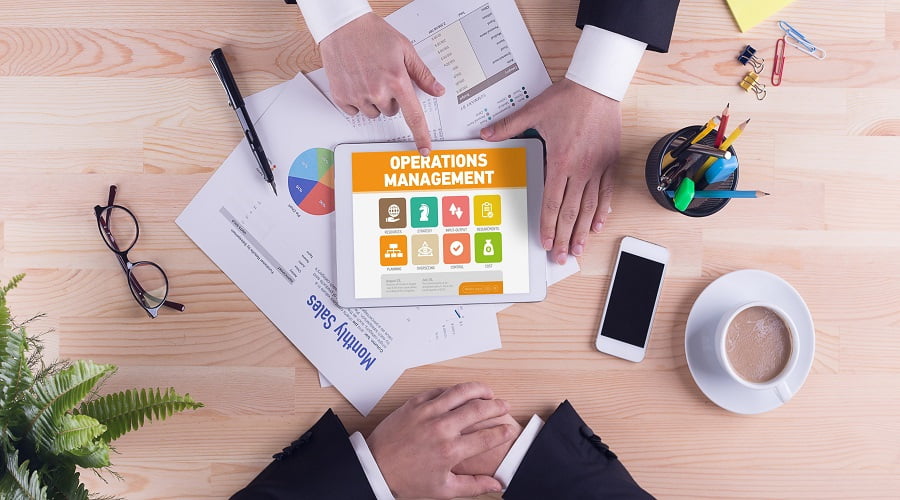POS System: 10 Powerful Reasons to Choose Between iPad and Android – Pros and Cons

In today’s fast-paced business environment, having an efficient and reliable Point of Sale (POS) system is essential. With the evolution of technology, iPad and Android-based POS systems have become popular choices for many businesses. Each platform has its own set of strengths and weaknesses, making the decision between the two a crucial one for business owners. This blog will delve into the pros and cons of both iPad and Android POS systems, helping you make an informed choice.
iPad POS Systems: The Pros
- User-Friendly Interface One of the biggest advantages of iPad POS systems is their user-friendly interface. Apple is renowned for its intuitive design, and iPads are no exception. The iOS operating system is easy to navigate, making it simple for staff to learn and use the POS system with minimal training. This can be particularly beneficial in environments with high staff turnover or when onboarding new employees.
- High-Quality Hardware iPads are known for their high build quality and reliability. The sleek design, responsive touchscreen, and durable hardware make them an attractive option for businesses. Additionally, Apple’s commitment to quality ensures that iPads are less likely to experience hardware malfunctions, leading to fewer disruptions in business operations.
- Strong Security Features Security is a major concern for any business, especially when dealing with customer data and payment information. iPad POS systems benefit from Apple’s robust security features, including regular software updates, encryption, and biometric authentication. This provides peace of mind for businesses, knowing that their data is secure.
- App Ecosystem The Apple App Store offers a wide range of business-related applications that can be integrated with iPad POS systems. Whether it’s inventory management, customer relationship management, or analytics, there’s likely an app available to enhance your POS system’s capabilities.
Also read: The Ultimate 7-Step Beginner’s Guide to Understanding POS Systems
iPad POS Systems: The Cons
- Cost The main drawback of iPad POS systems is the cost. iPads are generally more expensive than Android tablets, which can be a significant consideration for small businesses or startups with limited budgets. Additionally, the accessories and peripherals for iPads, such as card readers and receipt printers, also tend to be on the pricier side.
- Limited Customization While the iOS operating system is user-friendly, it is also more restrictive compared to Android. This means that customization options for iPad POS systems are limited. Businesses that require highly specialized or customized POS solutions may find Android to be a better fit.
- Vendor Lock-In iPad POS systems often come with proprietary software that is tied to the Apple ecosystem. This can make it difficult to switch to another system or integrate with non-Apple products. Businesses that prefer flexibility and the ability to switch vendors easily may view this as a disadvantage.
Android POS Systems: The Pros
- Affordability One of the most significant advantages of Android POS systems is their affordability. Android tablets are available at a wide range of price points, making them accessible to businesses of all sizes. Additionally, the cost of peripherals and accessories for Android devices is generally lower than for iPads.
- Customization Android’s open-source nature allows for greater customization and flexibility. Businesses can tailor their POS system to meet their specific needs, whether that means adding custom software or integrating with third-party applications. This level of customization is particularly valuable for businesses with unique operational requirements.
- Variety of Hardware Options Android POS systems offer a wide variety of hardware options, from basic tablets to high-end devices. This allows businesses to choose the hardware that best fits their budget and operational needs. Additionally, the availability of rugged Android devices can be advantageous for businesses operating in harsh or demanding environments.
- Integration Flexibility Android POS systems are generally more open to integrating with a variety of third-party hardware and software solutions. This flexibility can be particularly beneficial for businesses that use a mix of technologies or want to avoid being locked into a single ecosystem.
Android POS Systems: The Cons
- Fragmentation The Android ecosystem is highly fragmented, with numerous devices running different versions of the operating system. This can lead to compatibility issues and inconsistencies in user experience. Businesses may need to invest additional time and resources to ensure their POS system runs smoothly across all devices.
- Security Concerns While Android has made significant strides in improving security, it is generally considered less secure than iOS. The open-source nature of Android, coupled with less frequent updates, can make Android POS systems more vulnerable to security threats. Businesses handling sensitive customer data may need to implement additional security measures.
- Support and Updates Android devices often receive less consistent support and updates compared to iPads. This can lead to outdated software and potential security vulnerabilities. Businesses that rely on their POS system for critical operations may find this lack of consistent support to be a significant drawback.
Conclusion
Choosing between an iPad and an Android POS system depends on your business’s specific needs, budget, and priorities. If you value a user-friendly interface, high-quality hardware, and strong security, an iPad POS system may be the better choice. However, if affordability, customization, and flexibility are more important to your business, an Android POS system could be the ideal solution. By carefully weighing the pros and cons of each platform, you can make an informed decision that aligns with your business goals.
Visit our site at www.dibtech.com.au
Visit our YouTube channel for tutorials Dibtech






